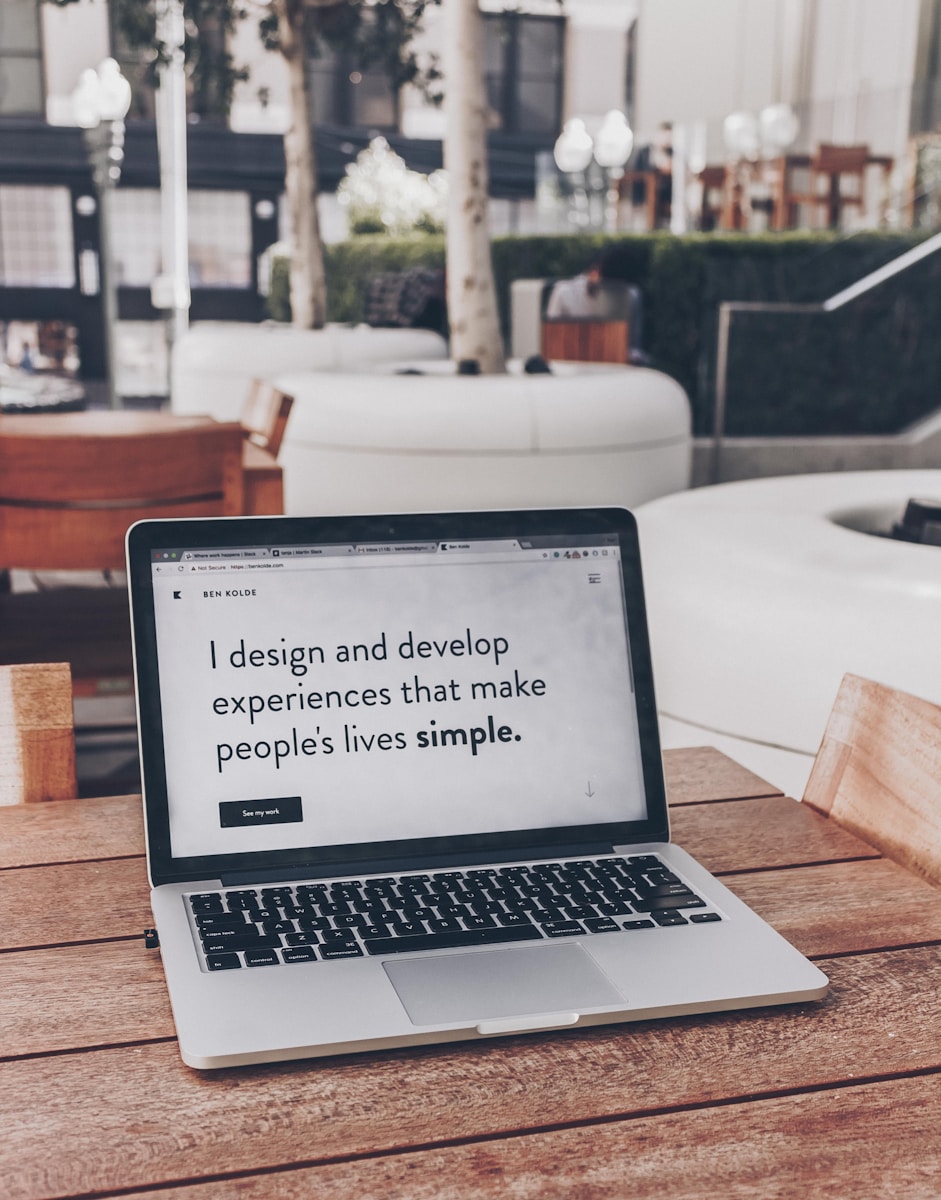Managing Client Expectations: A Guide for Freelance Designers
For freelance designers, managing client expectations is key to maintaining successful and long-term business relationships. Clear communication, setting boundaries, and ensuring clients are aware of the design process from the outset can help avoid misunderstandings, revisions overload, and dissatisfaction. Whether you’re new to freelancing or a seasoned pro, understanding how to manage expectations effectively will make projects smoother and more rewarding for both you and your clients.

1. Set Clear Objectives from the Start
One of the most important aspects of managing client expectations is to establish clear project objectives from the beginning. A well-defined scope of work will serve as a roadmap for both you and your client, ensuring you both understand what the project involves. Before diving into the design work, have a comprehensive discussion about the goals of the project.
Ask your clients detailed questions such as:
- What is the main purpose of this design?
- Who is the target audience?
- What are the key messages or emotions they want the design to convey?
This step will prevent scope creep, a common problem where the project expands beyond its original intent, leading to frustration on both sides.
2. Create a Detailed Contract
A thorough contract is not just about legal protection; it’s also a tool for setting client expectations. Your contract should outline all aspects of the project, including the deliverables, timelines, payment schedule, and revision policies. Include specifics about what the client will receive, the number of revisions included in the price, and what constitutes additional work.
By outlining this in a formal agreement, clients are more likely to respect the boundaries of the project, and you’ll have a point of reference if they request extra work. A contract also reinforces your professionalism and reassures clients that you are serious about delivering quality.
3. Communicate Regularly
Keeping communication lines open is vital to managing expectations throughout the project. Clients appreciate being kept in the loop, and regular updates help them understand where you are in the process. Regular check-ins can also catch potential issues early before they escalate into major problems.
Create a schedule for updates, whether it’s via email, video call, or project management software. At key stages—such as after wireframes, mood boards, or initial design drafts—share your progress and be open to feedback. By communicating at each milestone, you ensure the client remains engaged and aligned with your direction, reducing the chances of major revisions later on.
4. Set Boundaries for Revisions
One of the trickiest parts of freelance design is handling revisions. It’s common for clients to request changes, but too many revisions can eat into your time and profit. To manage this, set clear boundaries in your initial contract. Specify how many revisions are included in the agreed price and outline the cost for additional rounds of edits.
Be sure to emphasize that revisions are for refining the work, not for changing the entire project scope. Educating your client on the design process and how iterations work will help them understand the importance of being specific and focused with their feedback.
5. Provide Realistic Timelines
While it’s tempting to promise quick turnarounds to secure a project, doing so can often lead to burnout and disappointment. Be honest about how long the design process takes, and build in some buffer time for unforeseen complications or revisions. Rushed work rarely results in the best design, and setting unrealistic timelines can harm your relationship with the client if delays occur.
Share a timeline or project roadmap that outlines key milestones and deadlines. Clients are much more likely to be understanding if they have a clear idea of when to expect each deliverable and how long the process will take. By managing expectations on time, you avoid undue pressure and can focus on delivering high-quality work.
6. Educate Clients on the Design Process
Many clients may not fully understand what goes into the design process, which can lead to unrealistic expectations. Take the time to explain your workflow, from research and ideation to the final design. Let them know about the different stages of the design process, and why certain steps—such as revisions and feedback—are necessary for producing the best outcome.
By providing a behind-the-scenes look at what you do, clients will have more realistic expectations and may be more patient when it comes to deadlines or creative decisions. It also positions you as an expert, which can build trust and credibility.
7. Anticipate Potential Roadblocks
Part of managing expectations is being proactive about potential challenges that could arise during the project. Whether it’s technical limitations, delays from third-party vendors, or unforeseen design hurdles, it’s best to inform the client early on about the possibility of delays or complications. When clients are aware of potential roadblocks in advance, they’re less likely to be frustrated if something goes off-course.
For example, if the client needs to supply content, such as images or copy, ensure they understand the importance of delivering these assets on time. Explain how delays on their end can impact the overall timeline.
8. Be Transparent About Pricing
Misunderstandings about pricing are common in freelance work, and they often stem from a lack of communication. Be upfront and transparent about how you charge for your services. Whether you bill by the hour, by project, or have a tiered pricing system, make sure clients understand exactly what’s included in the price.
Discuss additional costs for revisions, rush work, or expanded project scopes early in the relationship. This can prevent awkward conversations later when a client asks for more than what was agreed upon, and it establishes that your time and work have value.
9. Stay Open to Feedback, But Stand Your Ground
While it’s essential to listen to client feedback and make adjustments, you must also stand firm on certain creative decisions that are rooted in your expertise. Freelance designers are hired for their skills and insights, so it’s important to explain why a particular design choice is best for achieving the client’s goals. Frame your responses around the project objectives and how the design solution aligns with their brand, message, or audience.
At times, clients may push for changes that could compromise the effectiveness of the design. In these cases, tactfully explain your rationale and offer alternative solutions that might address their concerns without sacrificing the quality of the work.
10. Deliver Beyond Expectations
While managing client expectations is largely about communication, exceeding those expectations is how you build strong client relationships. Whether it’s finishing a project ahead of schedule, adding an unexpected design element, or going the extra mile with post-project support, these touches can impress clients and lead to repeat business or referrals.
Building a reputation as a designer who delivers exceptional work consistently ensures long-term success and word-of-mouth promotion.
Conclusion
Managing client expectations is an essential part of running a successful freelance design business. Clear communication, strong boundaries, and a deep understanding of both your workflow and the client’s goals are the foundations of a successful collaboration. By managing expectations well, you not only avoid conflicts but also build a reputation as a reliable, professional designer capable of delivering value. This approach sets the stage for repeat business, referrals, and lasting client relationships.
